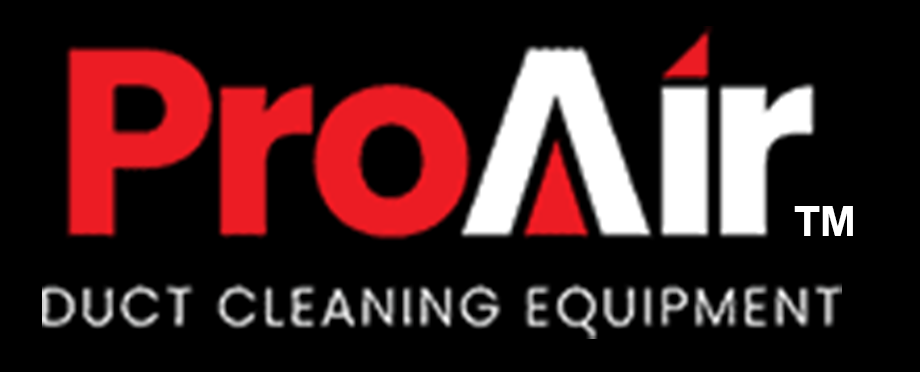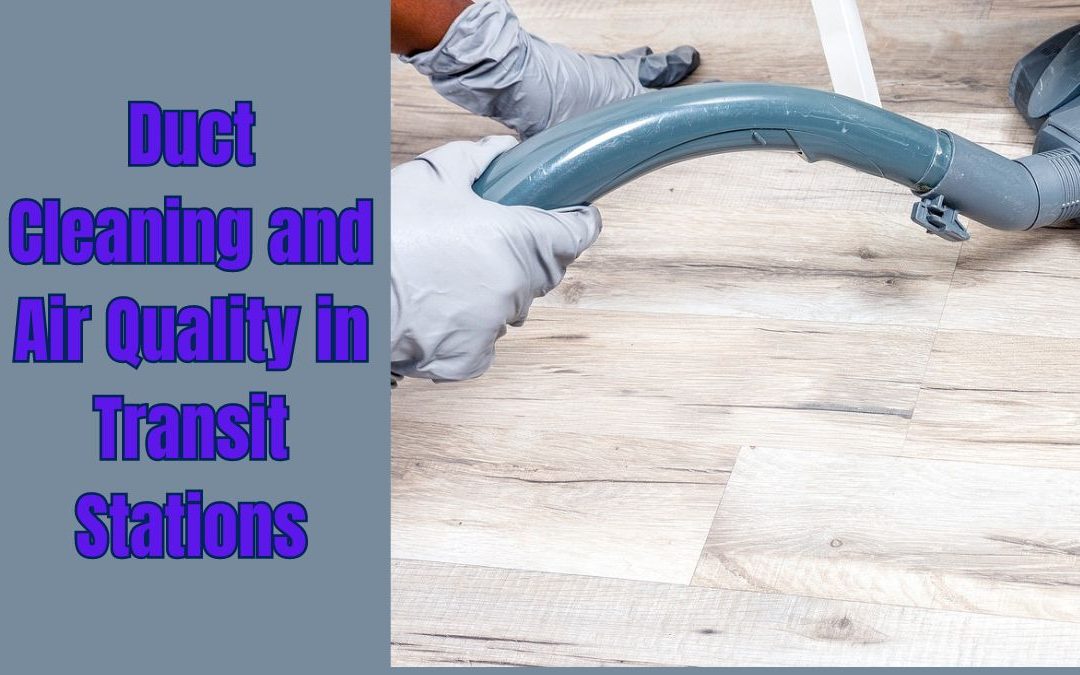Keeping the air clean at busy transit spots is crucial for everyone’s health. When waiting for transportation, fresh air is preferred over unhealthy air. It’s essential to maintain ventilation systems to ensure clean indoor air. These systems circulate air and remove harmful particles, promoting easier breathing for all passengers. Air duct cleaning equipment plays a pivotal role here to make the air quality better in public transportations.
Monitoring air quality in transit stations is vital. Understanding the components of polluted air and its impact on health emphasizes the importance of proper maintenance like duct cleaning using specialized tools and techniques. Learning about dust removal and cleaner station environments is beneficial for daily commuters and leisure travelers alike, ensuring a healthier experience overall.
The Importance of Air Quality in Transit Stations
Keeping the air clean in places where we catch our buses and trains is super important for a bunch of reasons. For starters, it’s all about keeping us healthy. Since lots of people gather at these spots, bad air can lead to sickness spreading around.
Also, since folks spend quite some time waiting or passing through these areas, the quality of air they breathe matters a lot for their health. Lastly, by making sure the air inside transit stations is fresh and clean, we’re also doing our bit to cut down on pollution outside, making things better for everyone living nearby.
Understanding the Impact on Commuters’ Health
When folks travel in stations with bad air, it harms their health. For those with asthma or bronchitis, the dirty air worsens symptoms. Long exposure can lead to new breathing issues. Polluted air not just affects breathing but also hearts and immunity.
Regular exposure can cause serious health problems. Keeping transit air clean by cleaning vents reduces risks from harmful particles. This ensures a healthier commute for everyone traveling through these areas.
The Role of Duct Cleaning in Maintaining Clean Air
Cleaning the ducts at transit stations is crucial for maintaining clean air. Dust and allergens can accumulate, affecting air quality. This dirty air circulates, impacting everyone at the station. Regular duct cleaning removes harmful particles, ensuring cleaner indoor air for all visitors. Professionals with expertise and tools should handle this task to guarantee thorough cleaning. Investing in regular duct maintenance promotes a healthier indoor environment for everyone’s well-being.
Common Sources of Air Pollution in Transit Stations
Transit stations can dirty the air due to tiny bits called particulate matter floating around. These bits originate from vehicles emitting smoke and construction activities. Moreover, volatile organic compounds (VOCs) from cleaning products and building materials can also pollute indoor air. VOCs are harmful if inhaled regularly as they can affect our health. Understanding these pollutants is crucial to enhance cleanliness and safety for all station visitors.
Particulate Matter and Its Effect on Health
In places with buses and trains, there’s a pollution type needing attention: particulate matter (PM). PM is tiny bits floating in the air, measured by width like PM10 and PM2.5. Breathing this near stations may irritate the throat and lungs, worsening asthma or bronchitis. Prolonged exposure could cause severe lung issues or raise lung cancer risk.
To keep transit users safe, reducing particulate matter levels is crucial. Good airflow through vents, regular cleaning, and effective filters can clear harmful particles indoors, improving air quality significantly.
Chemical Pollutants from Vehicles and Industrial Activities
Cars and factories emit harmful chemicals, making transit stations’ air dirty. Vehicle exhaust contains nitrogen oxides, carbon monoxide, and organic compounds. These pollutants enter indoor spaces from outdoors through cars and trucks.
Industries nearby also release harmful emissions during processes like manufacturing or power generation. This pollution impacts the cleanliness of indoor air at transit stations.
To enhance indoor air quality at these locations, reducing emissions from vehicles and industries is crucial. Implementing emission controls, promoting cleaner practices, and adhering to pollution regulations can enhance indoor air quality where people wait for transportation.
Biological Contaminants and Their Sources
In transit stations, harmful microorganisms like bacteria, fungi, viruses, and other unseen particles float in the air. These can come from coughing, sneezing, or poor hygiene practices of people using these facilities. High humidity levels inside create a breeding ground for mold.
Outdoor contaminants can also enter through ventilation systems or open doors. Inhaling this contaminated air can lead to respiratory infections and allergies. Controlling moisture levels, improving ventilation, and enhancing cleaning practices can improve indoor air quality in transit stations for the well-being of commuters.
How Duct Cleaning Enhances Air Quality
Cleaning the ducts in transit stations is super important for making sure the air we breathe there is clean. When dust, allergens, and other yucky stuff build up in the ventilation system, getting rid of them makes a big difference to the air around us.
Here’s why cleaning those ducts matters so much:
- By taking out all that accumulated dust and things that can make us sneeze or feel bad, it helps everyone breathe easier.
- It also gets rid of harmful pollutants like VOCs which shouldn’t be floating around in our indoor air.
- Plus, it stops mold and tiny organisms from growing inside these systems. This means fewer chances for infections or allergies.
The Process of Professional Duct Cleaning
Professional duct cleaning involves removing dirt from air paths in places like bus and train stations. Here’s the process:
Experts inspect the system to identify issues and determine the required work. Before cleaning, they turn off power and protect vital parts. Cleaning includes using strong vacuums, scrubbing with brushes, and purifying the air. Disinfection follows to kill germs and mold residue for a clean and healthy environment. A final check ensures no debris is left, confirming proper system operation.
Techniques and Tools Used in Duct Cleaning
Duct cleaning involves using various methods and tools to remove contaminants from air ducts in places like subway stations:
- Powerful vacuums extract dust, debris, and other particles from the ducts.
- Brushes and whip systems dislodge stubborn dirt for easy vacuuming.
- Air scrubbers and purification systems capture particles to clean the air.
- Inspection cameras identify problem areas for attention.
- Special cleaners kill germs like bacteria or mold.
These techniques ensure good air quality in transit hubs, making commutes healthier for all.
Health Benefits of Improved Air Quality in Transit Stations
When transit stations focus on keeping the air clean, it does a lot of good for people who use them and helps keep everyone healthier. Here’s what happens:
- With less pollution in the air, there’s a smaller chance of catching lung-related illnesses like asthma or bronchitis.
- When you breathe in fresh air, it just makes you feel better overall. This means your trips are more pleasant.
- If we get rid of stuff in the air that causes allergies or irritations, fewer people will have allergic reactions.
- Also, cleaner air supports our body’s defense system against germs which keeps us from getting sick.
Immediate Effects on Commuter Health
Making the air better in places where we catch buses or trains can quickly make us healthier. When the air is cleaner at these transit spots, here’s what happens:
- People with breathing problems like asthma or bronchitis feel better because there are fewer things in the air to bother their lungs.
- The place feels nicer to be in, without that annoying scratchy feeling you get in your throat and eyes.
- Everyone just feels generally happier and more comfortable while traveling.
- There’s less chance of getting sick from the bad stuff usually found floating around in the air.
Long-term Benefits for Regular Commuters
People who travel a lot through transit stations can benefit from better air quality. Dirty air can lead to health issues like breathing problems and allergies. By ensuring good ventilation and cleaning vents regularly, harmful particles in the air decrease. This results in cleaner, healthier indoor air quality.
Cleaner indoor air can reduce illnesses like respiratory infections and improve lung function. Regular transit users may experience fewer breathing-related symptoms such as coughing. Additionally, the risk of chronic lung diseases like asthma decreases.
Improving indoor air quality at transit locations not only benefits commuters but also enhances public health by promoting a community-friendly transportation environment. It makes daily travel more pleasant and comfortable for everyone involved.
Final Thoughts
Keeping the air clean at transit stations is really important for everyone’s health. Cleaning out the ducts helps get rid of stuff in the air that could make our breathing worse. By figuring out where this dirty air comes from and getting experts to clean it, transit places can make things better right away and keep improving over time.
When the air we breathe is cleaner, it means a healthier place for people who use these spots often. Making sure we have good air quality by cleaning those ducts well is key to making travel safe and comfy for all.

